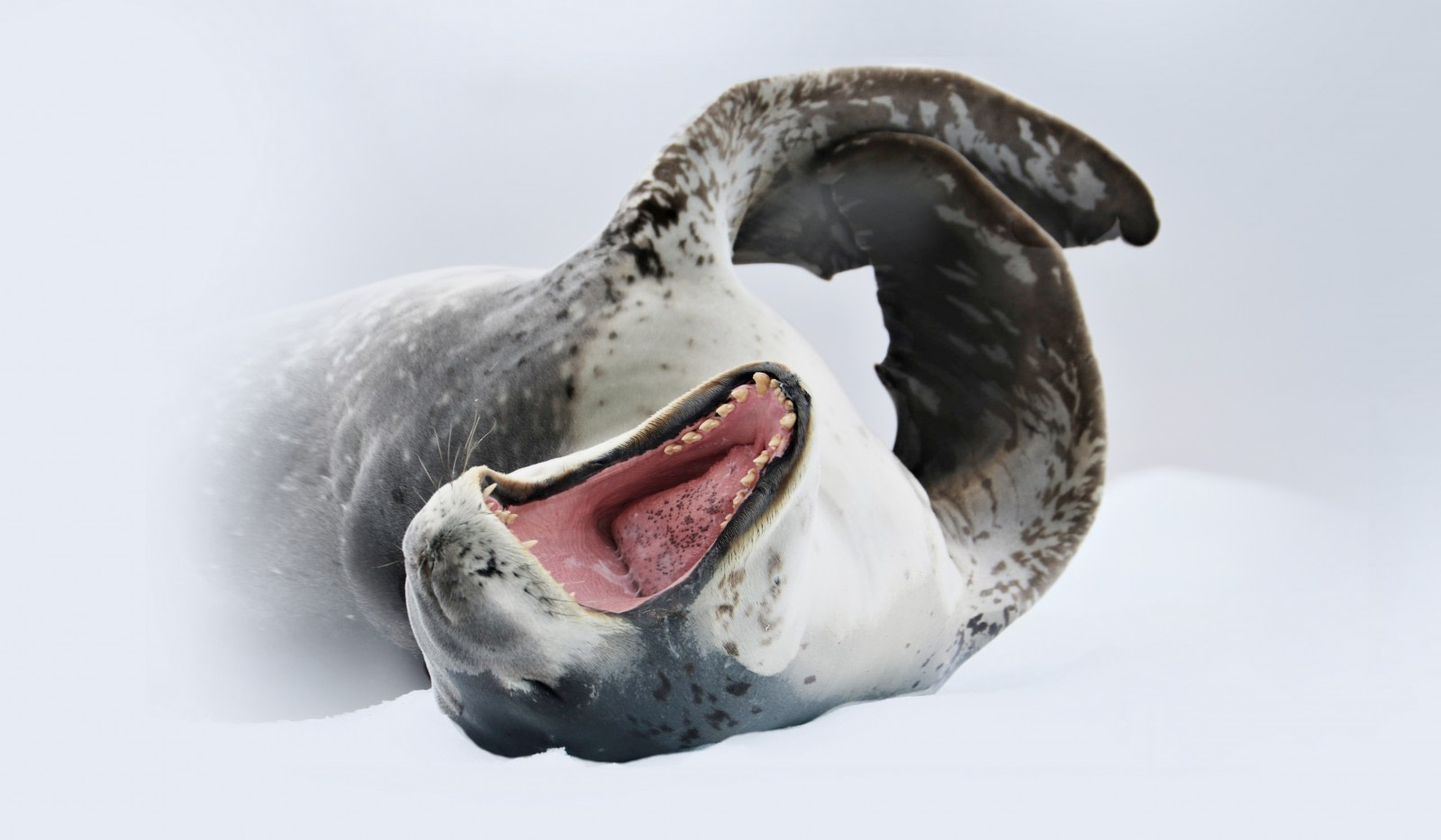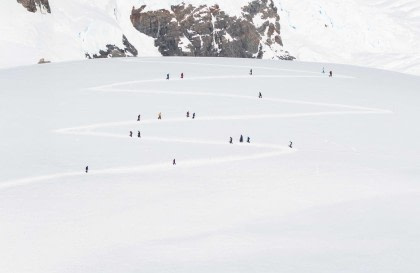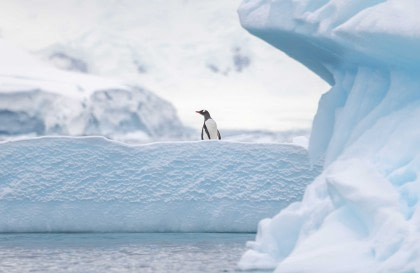Leopard seals are one of Antarctica’s top predators. They can be found around the Antarctic Continent as well as the sub-Antarctic islands, Australia, New Zealand, and South Africa. These impressive animals are often seen hauled out on ice floes, especially around penguin colonies, as penguin chicks that begin to fledge into the water make easy pickings for these stealth predators.
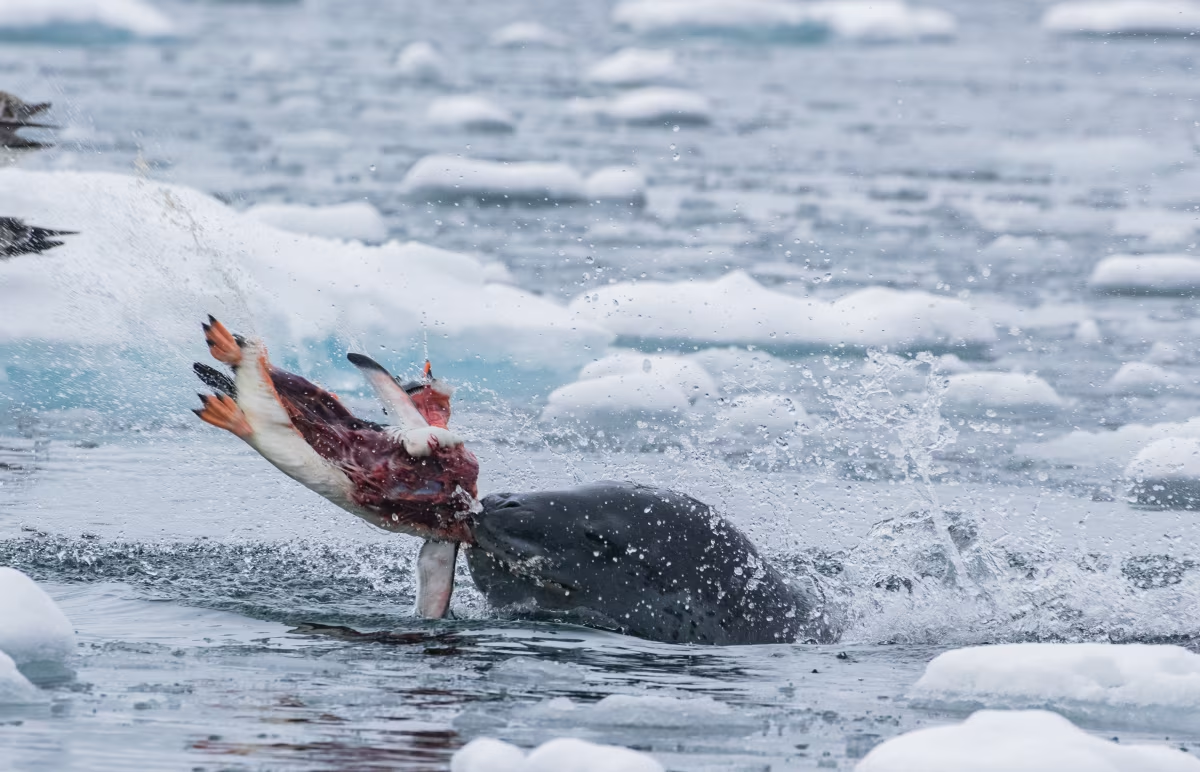
Leopard seals are often described as looking reptilian, since their eyes are on either side of their large heads. They have a very wide and large mouth with upturned edges, giving the impression of a smile. But don’t let this smile fool you: These animals are intimidating and are the second largest seal species. They can weigh as much as five men or as much as a bear.
Known for their ferociousness and for preying on penguins and seal pups, the leopard seal’s diet mostly consists of krill. The population size of these pagophilic seals is very difficult to determine. They are primarily solitary and inhabit a huge (and very hard to reach) area that is difficult for scientists to survey. Scientists currently have limited information about the movements of these creatures, and current population estimates have a very large range. We can help contribute to this knowledge through the power of photo ID and citizen science.
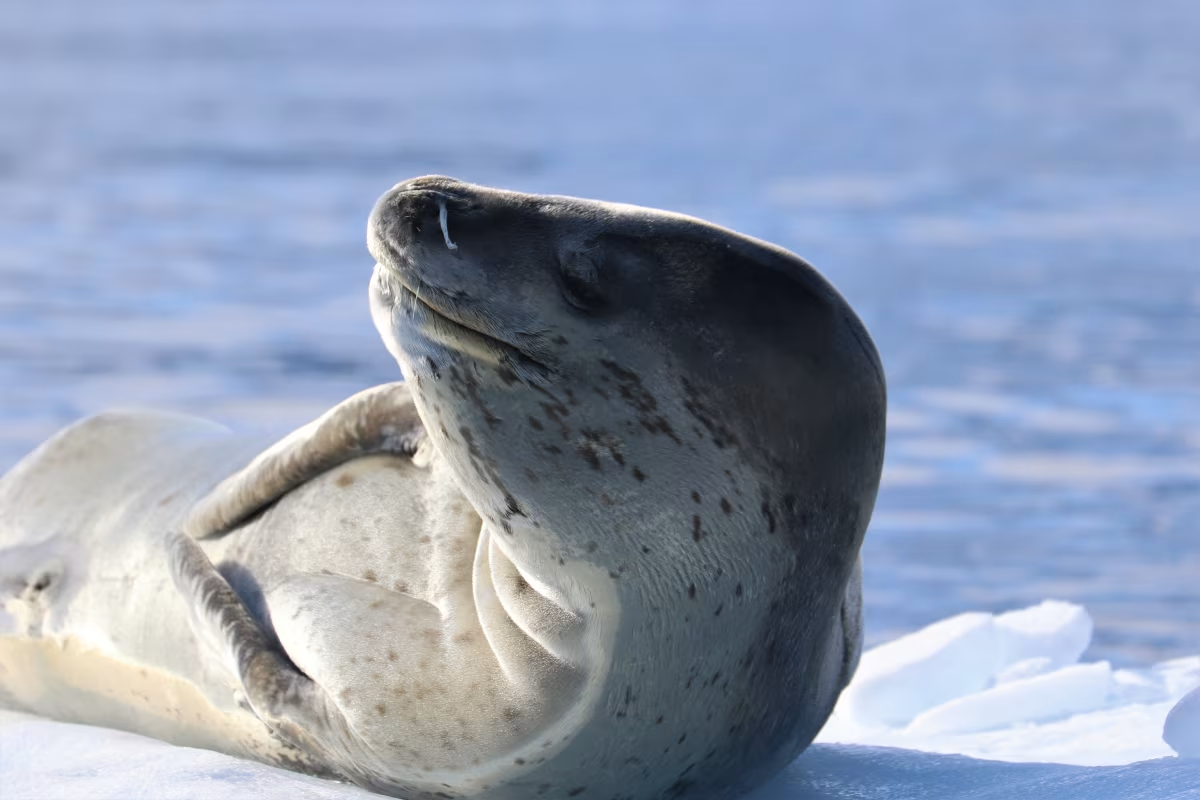
Photographic identification has been a powerful tool to individually identify and remotely track many species of wildlife, and it enables scientists to study populations over time. From zebras in Africa to sharks and whales around the world’s oceans, this research method is non-invasive and very effective. The technique enables researchers to study individual animals and populations over many years, giving novel information about their lifecycle, migration patterns, and social relationships.
One of the great things about photo ID is that everyone can help collect this data. Your holiday photos can contribute to the greater knowledge and therefore protection of these species.
Happywhale.com is a fantastic citizen science initiative using photo ID to better understand these animals’ stories. The initiative promotes passengers and staff alike to contribute photos of whales and other species to the website.
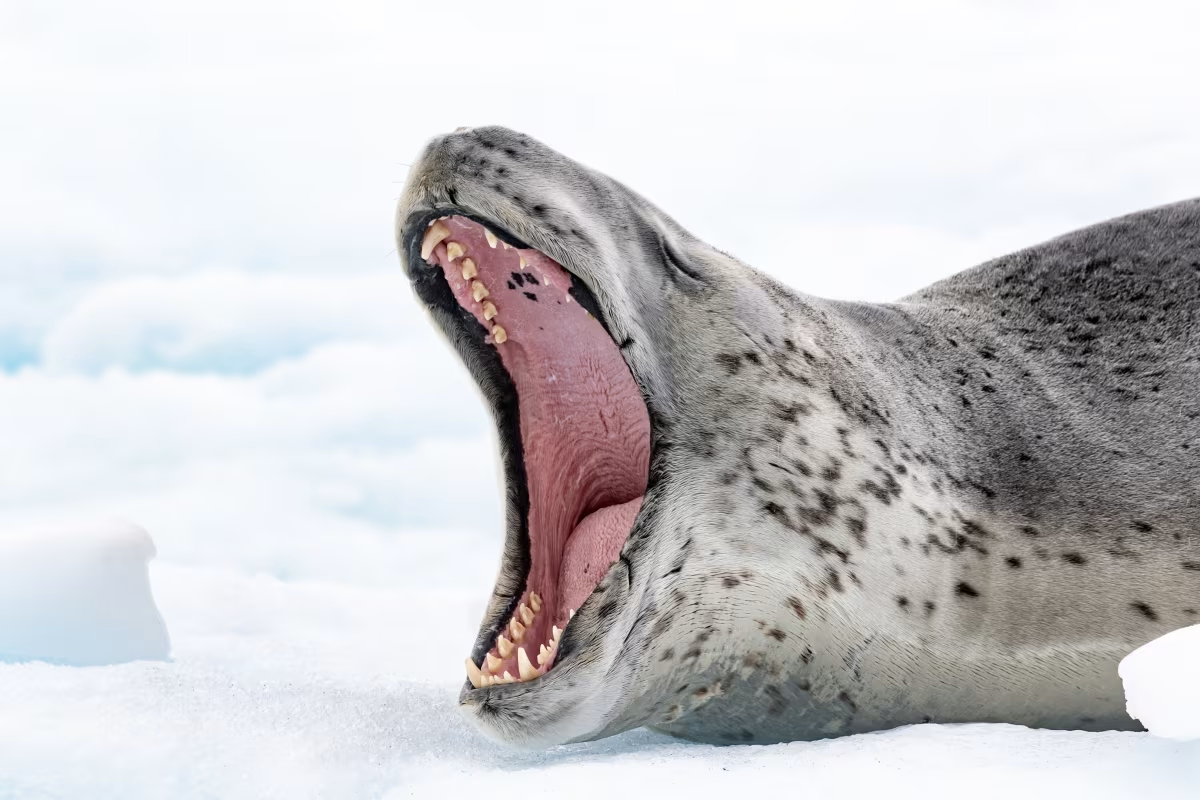
On the Happywhale platform, photos are matched to an ever-growing database of images. You then receive information on the animal photos you have submitted, where the animal has been seen before and after you spotted it, and any natural history known about the animal (age, sex, offspring). For this reason, Happywhale has been called the whale social media platform!
Happywhale primarily focuses on humpback whales, utilizing their unique fluke shape and pattern. However, the organization does collect photos of many other species. For years Happywhale has successfully tracked whales from across the world, using photos contributed from citizen scientists.
Below are some incredible matches made by the platform of humpback whales.
Here you see a whale match between its feeding ground in the Ross Sea region of Antarctica and its breeding grounds in central America. Matches like this are only made possible by contributions from citizen scientists.
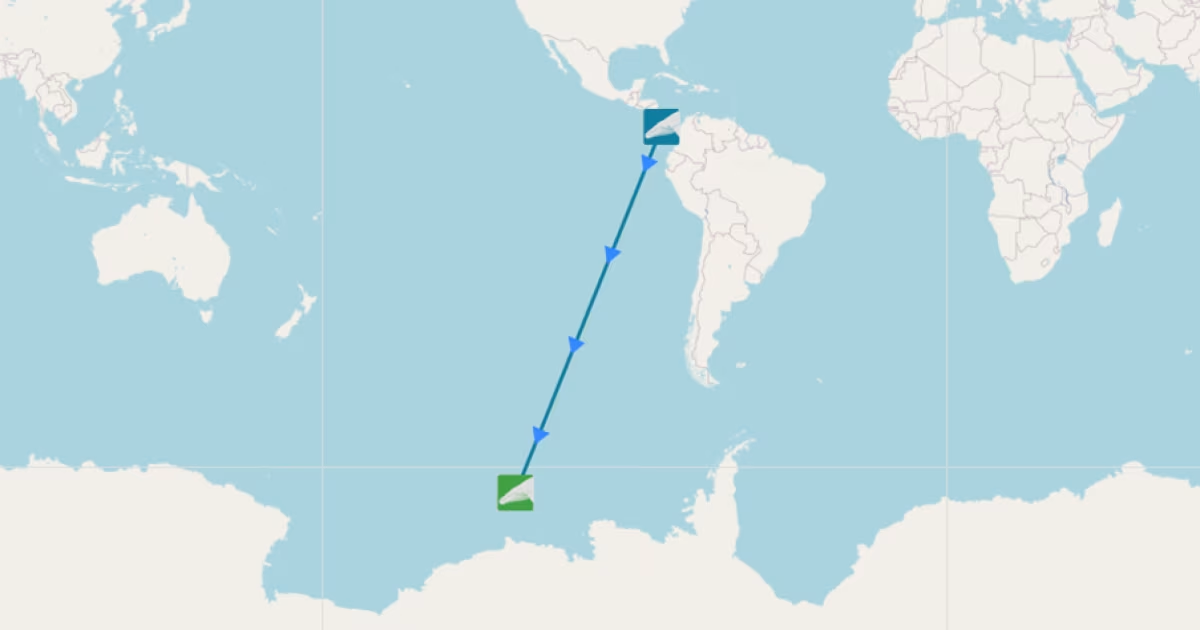
Below is a very unusual track of a humpback whale that has travelled across the Pacific Ocean – something not previously known to science, as it was thought they only migrated north and south to their feeding and breeding grounds.
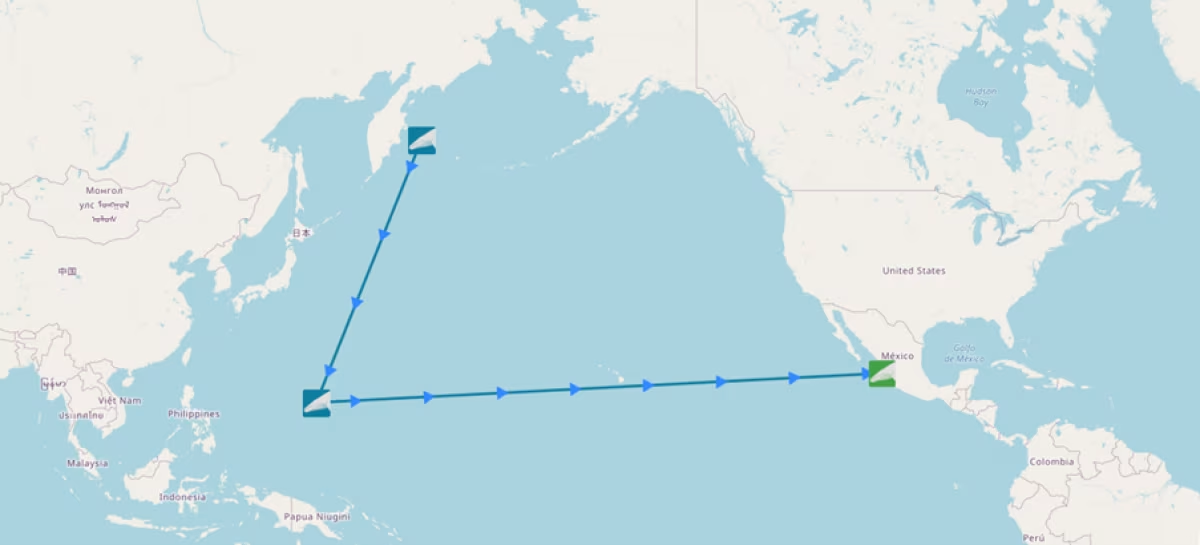
A huge number of the contributors, especially of polar species, come from the staff and passengers on board expedition cruises like those of Oceanwide Expeditions. Happywhale has the added benefit of giving feedback to photo contributors, and this allows us to see where the whale has been spotted before and where it went to next – fantastic pieces of information.

Researchers would like to develop this same concept with leopard seals. Although smaller regional catalogues have been developed, they hope to establish a central catalogue for the entire Southern Ocean (the current known range of leopard seals). As one of Antarctica’s top predators, there is still so little known about this mysterious and beautiful seal.
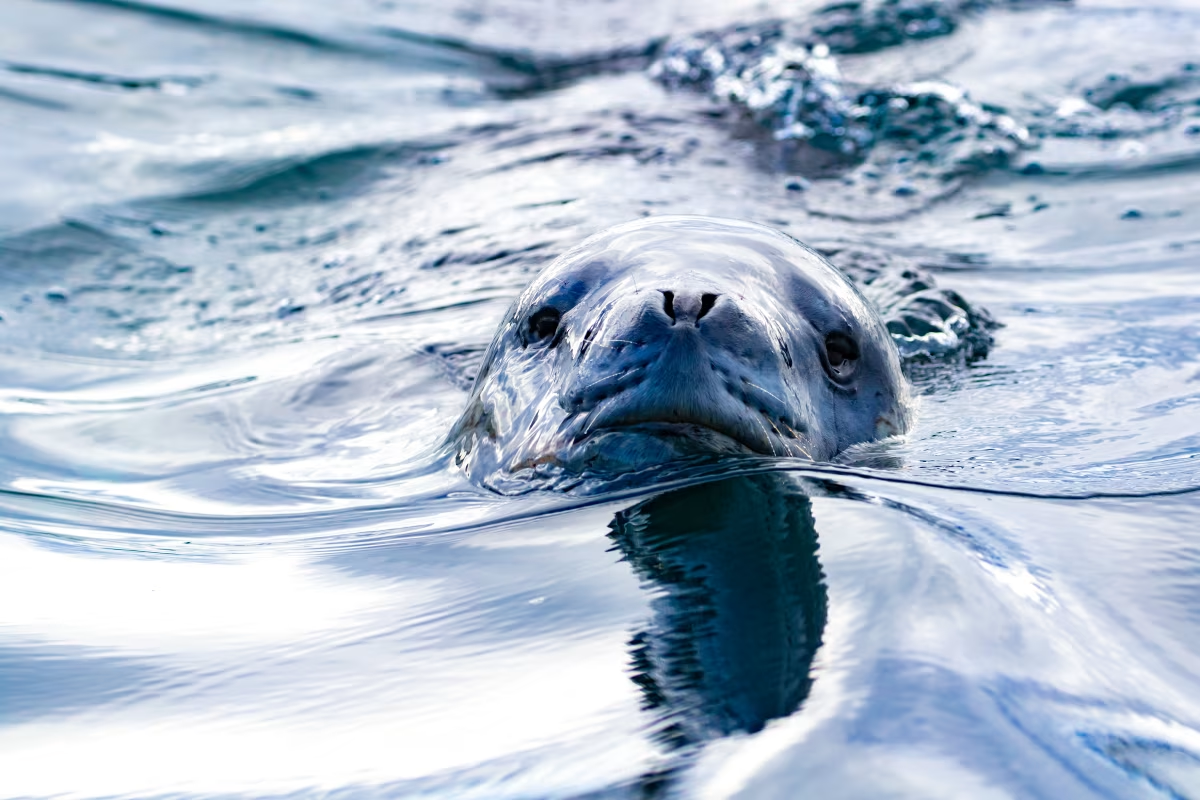
We can individually identify leopard seals by the spot pattern on their face and body. As most of the photos people take of leopard seals are of the face, the catalogue will primarily be developed using head shots from both sides.
What can you do to help? Science needs your leopard seal images!
Please upload your images to Happywhale.com and give as much information as you can about the sighting (date, time, location). You will be contacted if your animal is matched and/or seen again.
Leopard seal Photo ID Catalogue
All photos by Pippa Low
